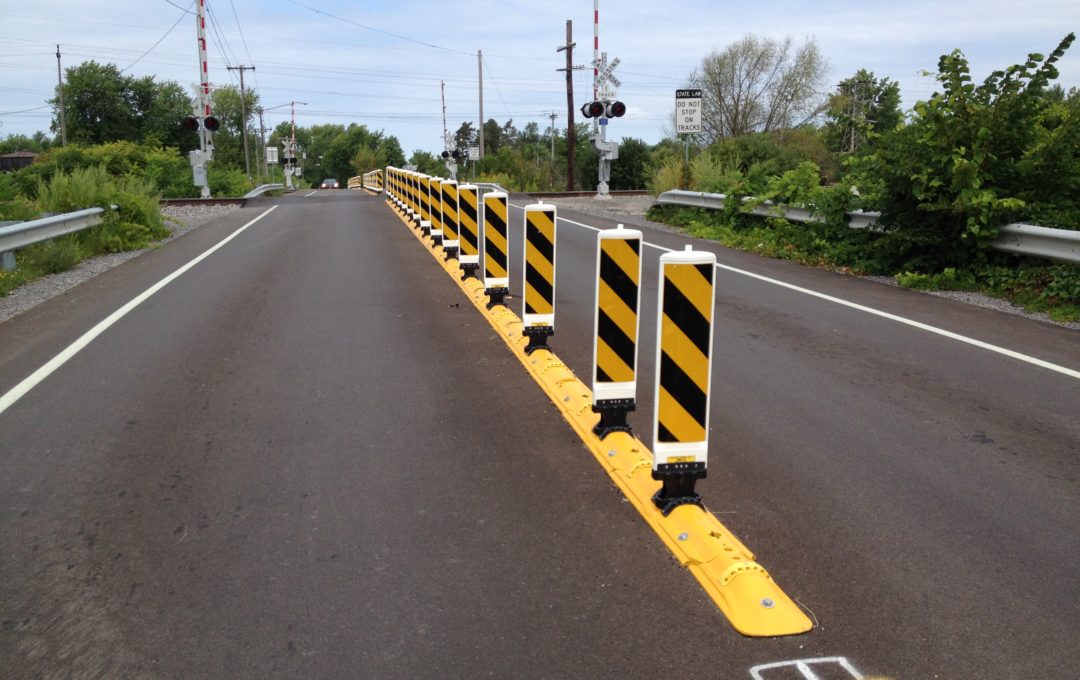Safety for the public in high traffic areas is one of the highest priorities for every governing body. The traffic in urban areas is especially a cause for concern because most of the roads and pavements do not have proper segregation. During a collision or a high-speed accident, the danger is not limited to the road but can also spill over to the pavement and bystanders.
Installing safety measures such as guardrails or crash safety barriers can help segregate the roads and pavements to avoid collision accidents from spilling on to the pavement. It can also help alleviate many major accidents by acting to stop speeding or skidding vehicles on impact with the barriers. Installing guardrails along the centre of the road can also help to direct traffic in to set lanes and prevent head-on collision accidents due to the mismanagement of opposing traffic vehicles on the road.
Here is a detailed look at the specifications that go into choosing and installing crash barriers for traffic management. The use of safety crash barriers can help reduce traffic crashes by a major percentage.
Choosing the right kind of crash barrier
Crash barriers are only installed in areas where the situation demands that a collision with a barrier will be less dangerous than a head-on collision on to the traffic. Sometimes bollards are preferred over guardrails. This is especially for urban areas, which have a high vehicle as well as pedestrian traffic. Flexi bollards, in particular, are a better option for marking no parking zones and segregating residential pavements from the main road.
Specifications and adherence to industry standards
Only depend on high-quality brands when ordering guardrails or security barriers as these companies adhere to extensive testing and adhere to the industry standards for the product. The materials used for the guardrails should be of the highest quality. The highway guardrails are usually classified into single or double W beam. The width of the W beam should be about 150 mm and height should be 75 mm. The length can be anywhere from 1500 mm to 2000 mm. depending on the length of the road you want to cover, you can order multiple barriers calculating the road distance and the spacer section that you plan to have between the barriers.
Testing for the guardrails and crash barriers
Another reason for choosing high-end brands for your crash barriers is the extensive testing that these companies carry out for the product. The guardrails are hit with vehicles driven at a standard to high speed to test their endurance against a real-time collision. The hit angle is usually set at 20 degrees. The vehicles can range above 1.5 tons and usually at speeds above 70 mph to get the correct assessment for real-time accidents. Commercial barriers that would be used for securing highways and major traffic zones are further tested with vehicles measuring over 38 tons at speeds over 40 mph.
Apart from the above measures, you should also choose the correct barrier type for your needs. You can choose permanent guardrail installations for major traffic zones. However, for areas that need temporary securing (construction zones and events), collapsible guardrails can be just as effective in security management.














